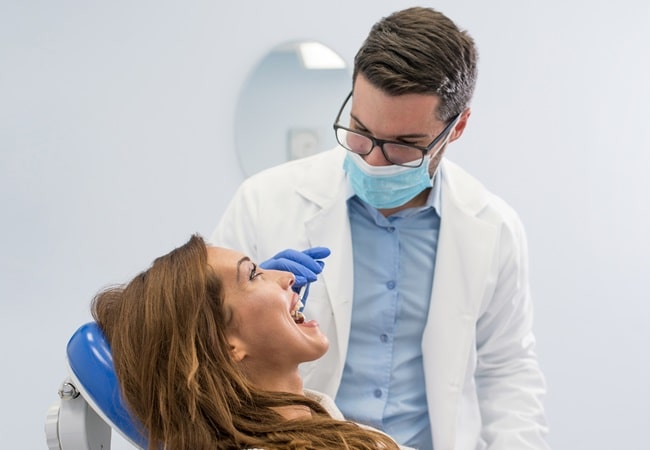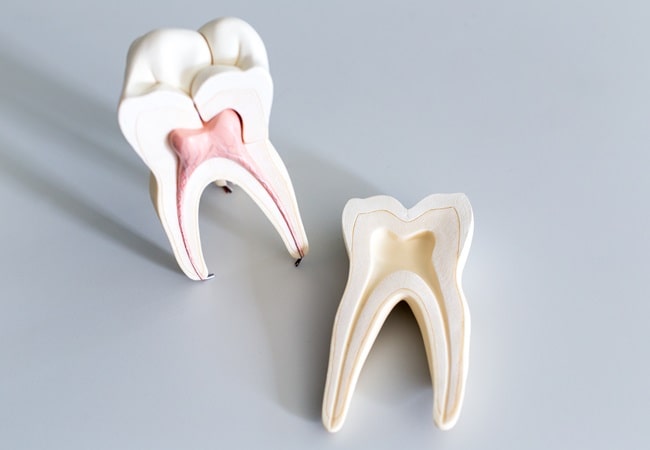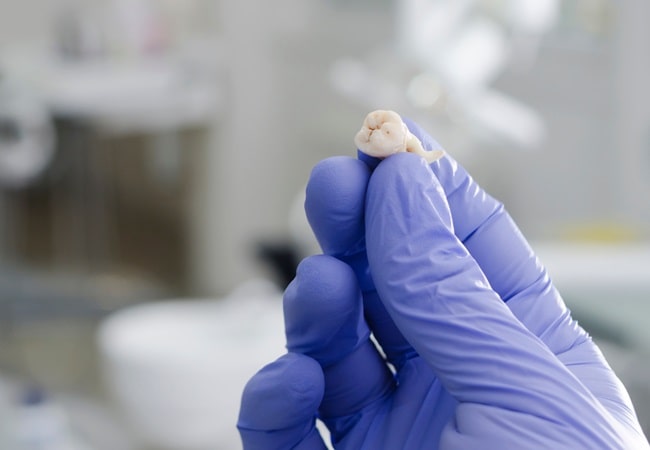Dr. Dove Dental Office in Barrie
General Dentistry in Barrie
Dental Services in Barrie
General Dentistry
At Dr. Dove Dental Office, we strive to create a comfortable environment where you can receive the dental treatments you need. Whether you’re coming in for a routine oral exam, a root canal, or an extraction, our team is here to help.
Oral Cancer Screening
Oral cancer screenings are a crucial part of oral health maintenance. At Dr. Dove Dental Office, we perform oral cancer screenings alongside routine oral exams so we can detect and treat oral cancer as early as possible. During the screening, your dentist will check your mouth, face, and neck for irregularities.
Dental Appliances
Dental appliances are devices designed to protect the mouth from various problems, including grinding, physical trauma from sports, and shifting teeth. Dr. Dove Dental Office offers multiple dental appliances to ensure your teeth are as safe and healthy as ever.
Night Guards
Retainers
Sports Mouth Guards
Digital Dental X-Rays
A digital dental X-ray is a tool used to evaluate your oral health and identify abnormalities. With significantly lower levels of radiation than a traditional X-ray, digital X-rays are a safe, efficient, and effective way for your doctor to stay updated on your oral health.
Root Canals
Inside your tooth is something called dental pulp. This pulp is made up of blood vessels, tissue, and nerves. Dental pulp can become infected, and if left untreated, it can lead to tooth loss. Root canals are performed to extract the infected part of the pulp so your tooth can remain healthy.
Teeth Extractions
Though dentists strive for preventative care above all else, sometimes a tooth cannot be saved. Whether it’s due to decay, physical trauma, or overcrowding, tooth extractions are sometimes necessary. At Dr. Dove Dental Office, your comfort is our top priority during this process.
New Patients Welcome






